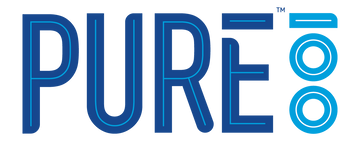Educate the people that surround you about cleanliness!
It is important to talk to our loved ones and the people around us about cleaning. Daily schedules and business can often distract our minds, and we forget how important it is to keep the spaces we regularly come into contact with clean.
By starting to build this habit we will encourage our community to take care of themselves. Do you know that if you start doing an activity for 21 days it can become a habit in your life?
This is why we want the Pure 100 community to start sharing this information, knowing which places it is important to keep disinfected, and the reason why. More than a product, our aim is to take care of people.
What is the difference between cleaning, sanitizing, and disinfecting?
Have you ever wondered the difference between these terms?
- Cleaning removes dirt, dust, crumbs, and germs from surfaces or objects. When you clean, you will likely use soap (or detergent) and water to physically clean off the surfaces and objects.
- Disinfecting uses chemicals (disinfectants) to kill germs on surfaces and objects. Some common disinfectants are bleach and alcohol solutions. You usually need to leave the disinfectant on the surfaces and objects for a certain period of time to kill the germs.
- Sanitizing could be done by either cleaning, disinfecting, or both. Sanitizing means that you are lowering the number of germs to a safe level. What is considered a safe level depends on public health standards or requirements at a workplace, school, etc. For example, there are sanitizing procedures for restaurants and other facilities that prepare food. What you do to sanitize will vary, depending on your needs. You might be mopping a floor using a mop, a chemical, and water. You might use a dishwasher to sanitize the dishes. Or you could be using an antibacterial wipe on a tv remote.



